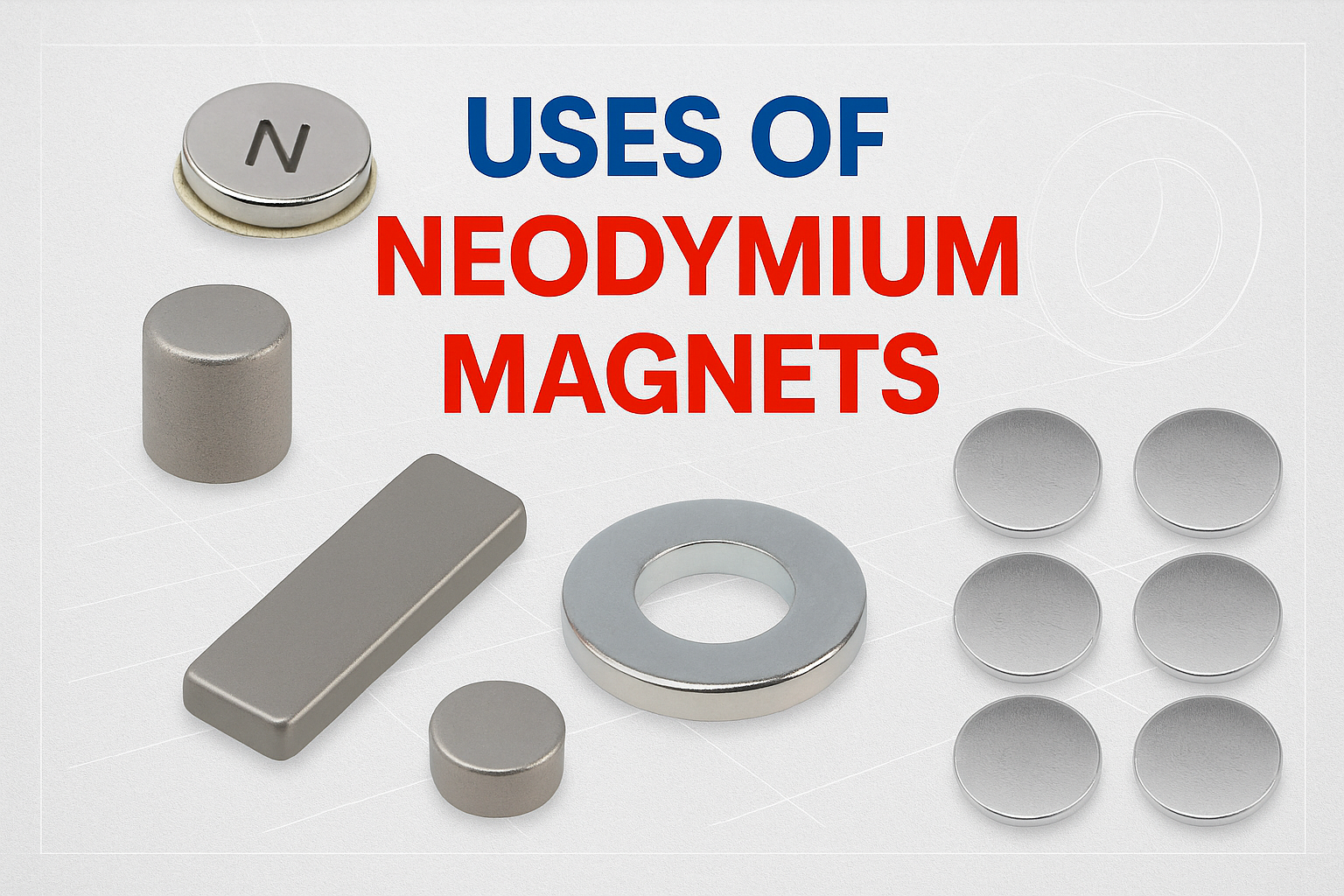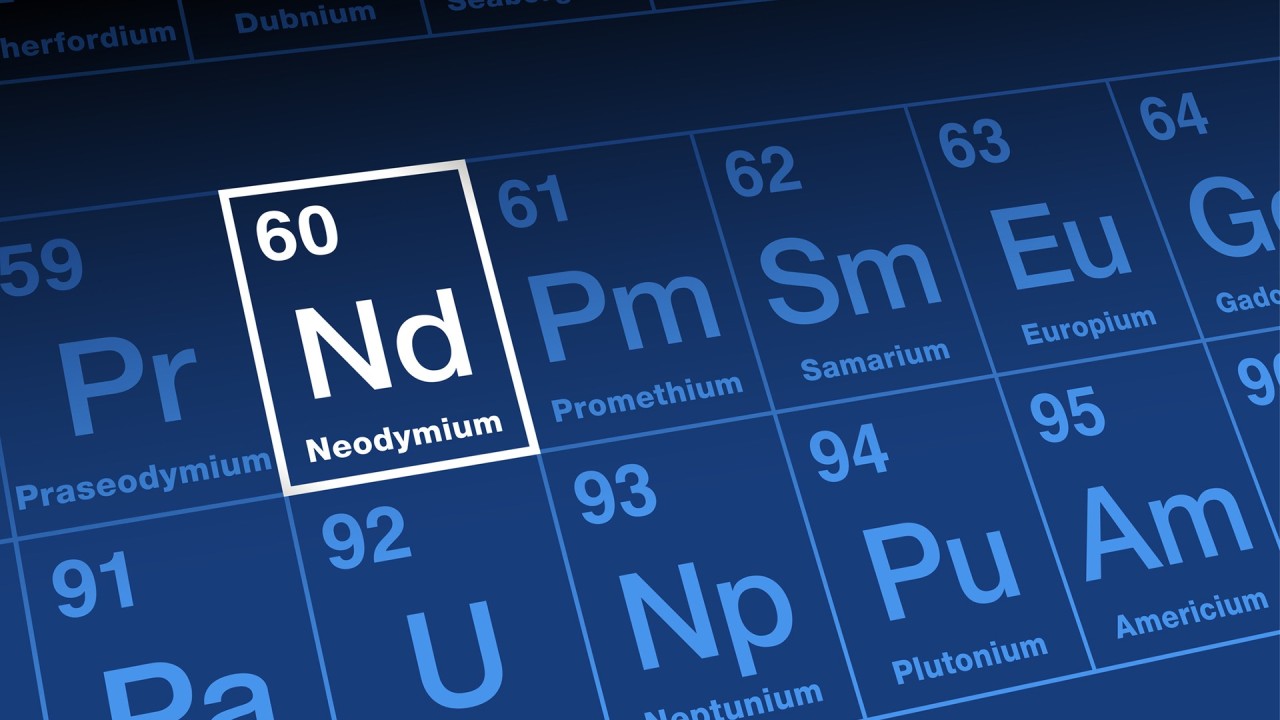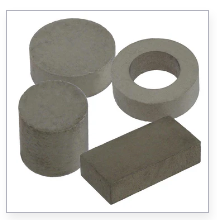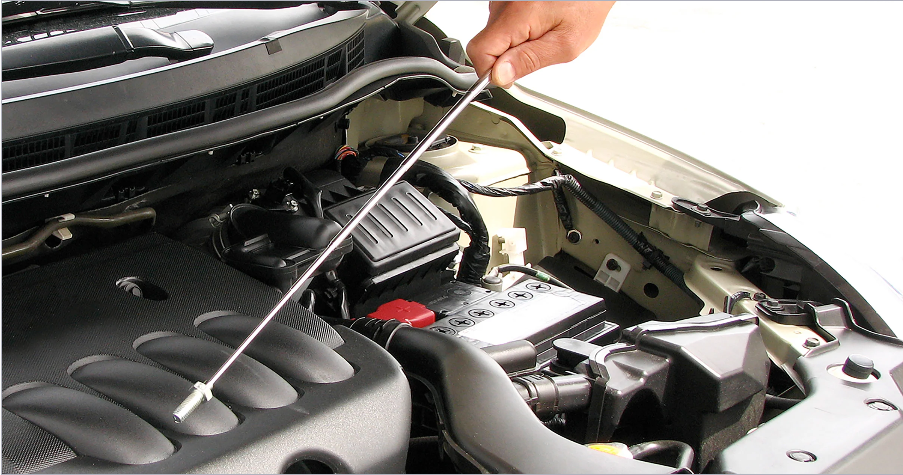FEATURED POST
4 Fascinating Science Experiments with Magnets Your Kids Will Love
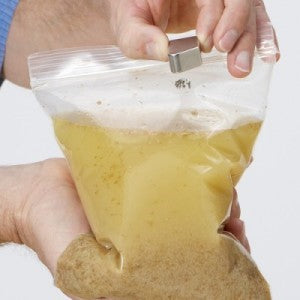
4 Fascinating Science Experiments with Magnets Your Kids Will Love
By Shalea Hardison
Teaching science with magnets is a great way to simplify some of the more complicated principles of magnetic force. There are hundreds of fascinating—and fun!—experiments with magnets that can contextualize how they work. If there are kids in your life who love science, try the following experiments with them to entertain, engage, and educate!
1. Build a Small Maglev Train
Maglev trains have been big news in recent years. Explore the science behind the future of mass transit with basic (or not-so-basic) magnet levitation experimentation. Simple experiments with magnets show how they levitate using their repelling force.

Illustration from Science Buddies.
Science Buddies details a great experiment building a small maglev train. More advanced students also can build propulsion mechanisms with the train or measure how variables like temperature, weight, and material selection affect the motion.
2. Make a Tiny Electric Car
Homopolar motors are the simplest electric motors that can generate rotational movement. They’re easy to make using basic components and magnets. KOTTKE.ORG has a great how-to video demonstrating how to make a simple car video using just a basic AA battery, two rare earth magnets, and some foil.
If your kids want to know how to use a magnet for science in a practical way, this is a great experiment to start with because the possibilities are endless.
Other versions of this project include shaping wire to spin or adding a screw or bolt into the configuration. Regardless of the setup, these experiments are an excellent introduction to electromagnets and motors.
3. Eat Iron
Eating iron is one of the coolest hands-on magnet experiments you can do—if you can stomach it! This simple experiment is visually amazing and involves searching out iron in ‘iron-fortified’ foods like cereal.
 Can you stomach this experiment? Photo by Steve Spangler Science.
Can you stomach this experiment? Photo by Steve Spangler Science.
In this experiment, dissolving the cereal in water reveals exactly how much iron could be consumed as the magnet pulls the element away from the food. Compare types of cereal, breads, pastas, or snack bars to see which product contains the largest amount of iron. Visit Steve Spangler Science for more information on this experiment.
4. Explore Lenz’s Law
Explore Lenz’s Law with a stopwatch, copper tubes of various thicknesses, and magnets. This is a YouTube favorite, and for good reason: It’s a strong visual representation of eddy currents as they relate to a magnetic field.
Education.com details a basic experiment, which can be expanded to add different materials, thicknesses of materials, and strengths of magnets. Watch a video on super large eddy current tubes here.
These experiments can all be done with materials found at your local hardware store or craft store. In some cases, complete kits are available from educational suppliers. If you’re looking for assistance with materials, our magnetic products specialists are here to help.
If you, your kids, or your students have favorite magnet experiments, share them with us!
If you’re looking for assistance with types of materials needed, our magnetic products specialists are available to assist.
Frequently Asked Questions
What is Lenz’s Law?
Lenz’s Law states that the direction of an induced current always opposes the change in the circuit of the magnetic field that produced it. Check out experiment number four above to see it in action!
What kinds of magnets do you need for science experiments?
If you want to do experiments with magnets, the magnets you’ll need will depend on the procedure in question. Not sure where to start? Our team will be happy to help you order exactly what you need to teach your kids or students all about magnetism.
At what age can kids start doing magnet experiments?
When kids use magnets, the biggest risk they face is swallowing them. Federal toy safety standards prohibit the use of certain magnets in parts that are small enough to be swallowed and are intended for children under 14. As for doing science experiments with magnets, however, middle school and even some elementary school students are old enough, as long as the magnets are too large to be swallowed and the students are monitored closely while they work.
Are magnets for science different?
Nope! The magnets that science experiments call for are the same ones you can find in hardware stores and craft stores. The only difference might be their size and shape, depending on the type of experiment you’ll be doing.
Is it hard to do science with magnets?
There are magnet experiments suitable for children as young as those in elementary school! Just make sure to only give magnets to children who are old enough to know not to put them in their mouth and to monitor younger kids closely whenever magnets are around so they do not swallow them.
How long does it take to conduct science experiments with magnets?
Most experiments involving magnets can be completed in one sitting. Those that require building things, like the electric car project, might take several hours, depending on how complex you want to make it. Generally speaking, though, these experiments are easy to start and finish in a single day.
Ready to Do Science with Magnets? Order the Supplies Today!
Master Magnetics is your Magnet Source for over 20 million magnets. We sell a wide range of permanent magnets and magnetic devices that are ideal for all kinds of practical, educational, and just plain fun applications. Check out all of our collections here.





